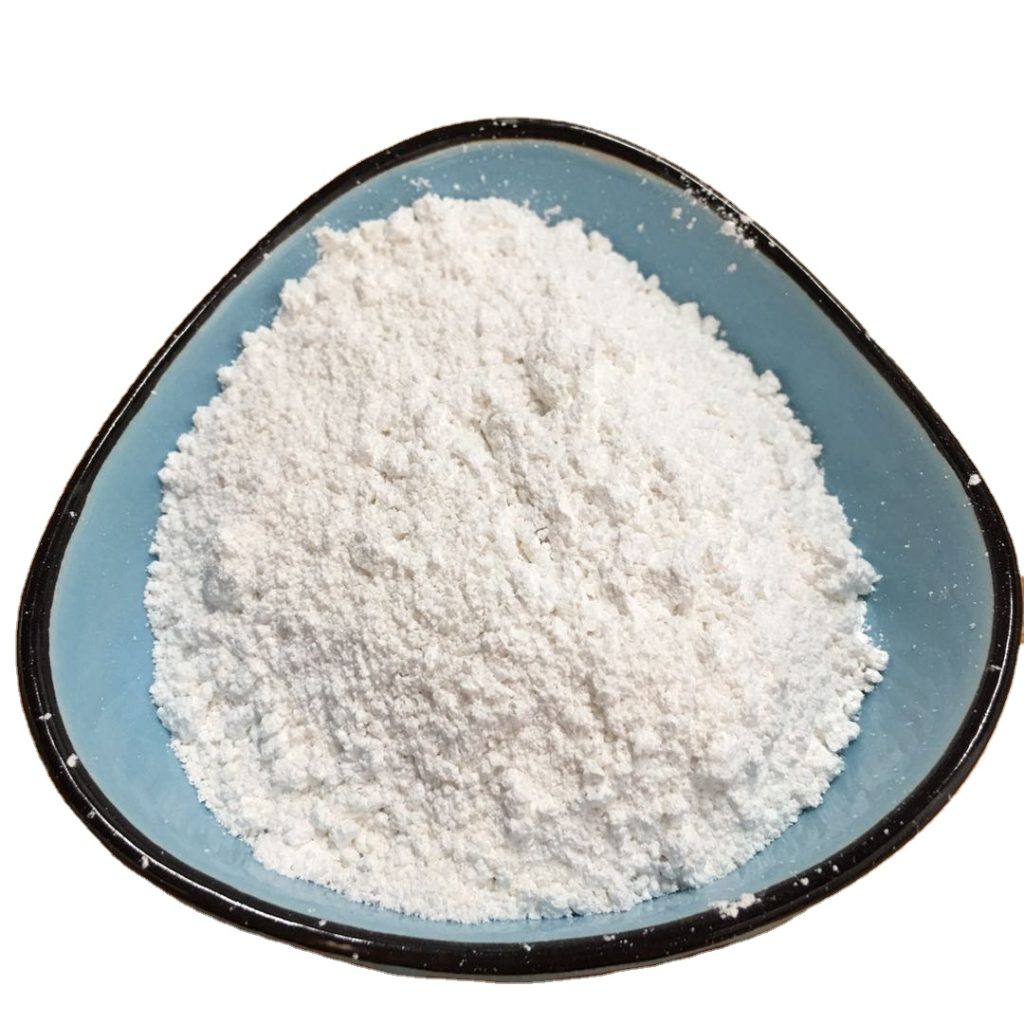Hydration process of desulfurized ash/desulfurized gypsum as cement retarder
Dry desulfurization ash is a kind of general industrial solid waste which is composed of calcium sulfite hemihydrate, calcium carbonate, fly ash and calcium hydroxide as the main minerals, and has the characteristics of dry state and fine particle size. The characteristics of water gypsum and its application in the cement industry have attracted the attention of researchers at home and abroad. Su Dagen and Liu Huimin thought that: for clinker with high mesophase and C3A content, calcium sulfite has no retarding effect; for clinker with low mesophase content and high C4AF content, calcium sulfite alone has retardation effect. It has a longer setting time than gypsum as a retarder cement. In a 2007 report by the Electric Power Research Institute (EPRI), the application of desulfurized ash in cement was also listed as high potential. However, most of the researches only conduct index experiments on a specific project of desulfurized ash in a specific cement clinker, or indirectly infer its reaction mechanism from the cement reaction product, and lack the mechanism research on the retardation effect of dry desulfurized ash in cement.

1) Both desulfurization ash and gypsum have retardation effect on clinker, and desulfurization ash has stronger retardation effect on HR clinker than gypsum.
2) Desulfurized ash and gypsum have similar effects to C3A and C4AF in cement.
3) Since the solubility of calcium sulfite hemihydrate is lower than that of gypsum, the action time of desulfurized ash and cement is further extended, and minerals such as AFm and hydrocalumite that are not possessed by gypsum formulations are produced, which are excellent in retarding effect. for gypsum formulations.
